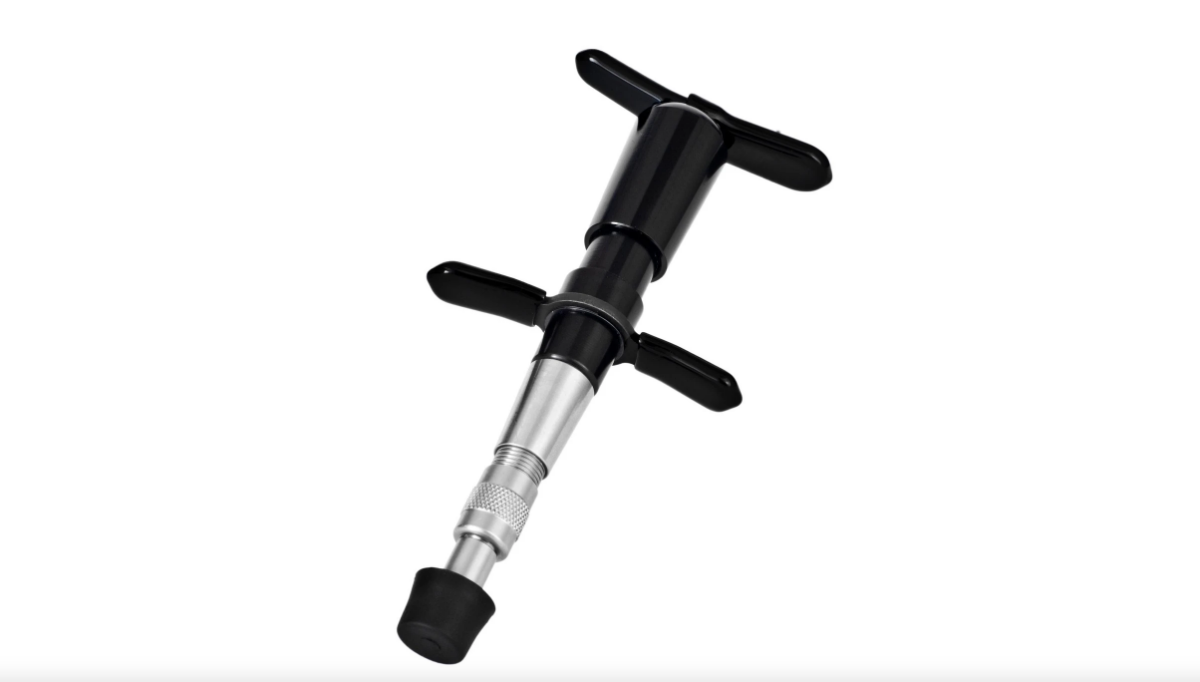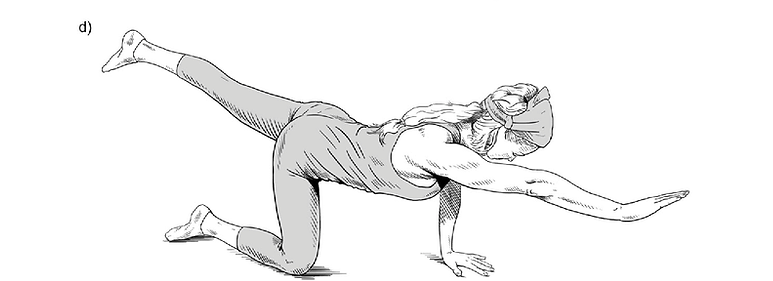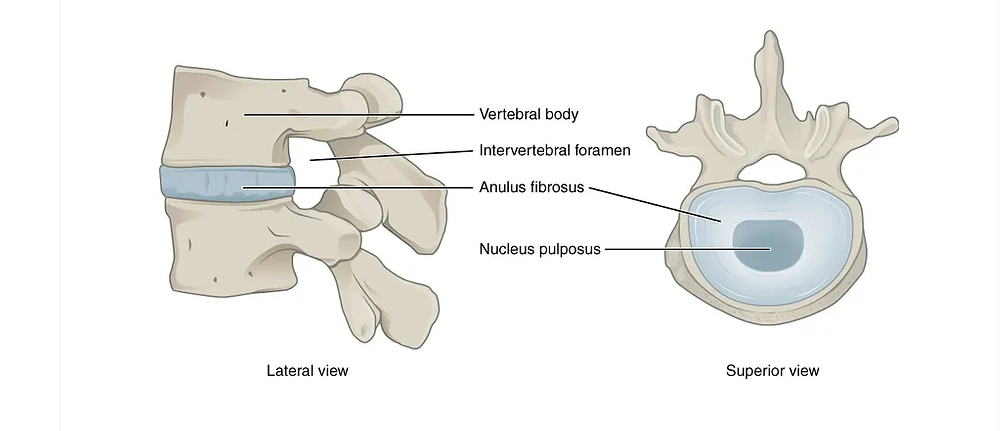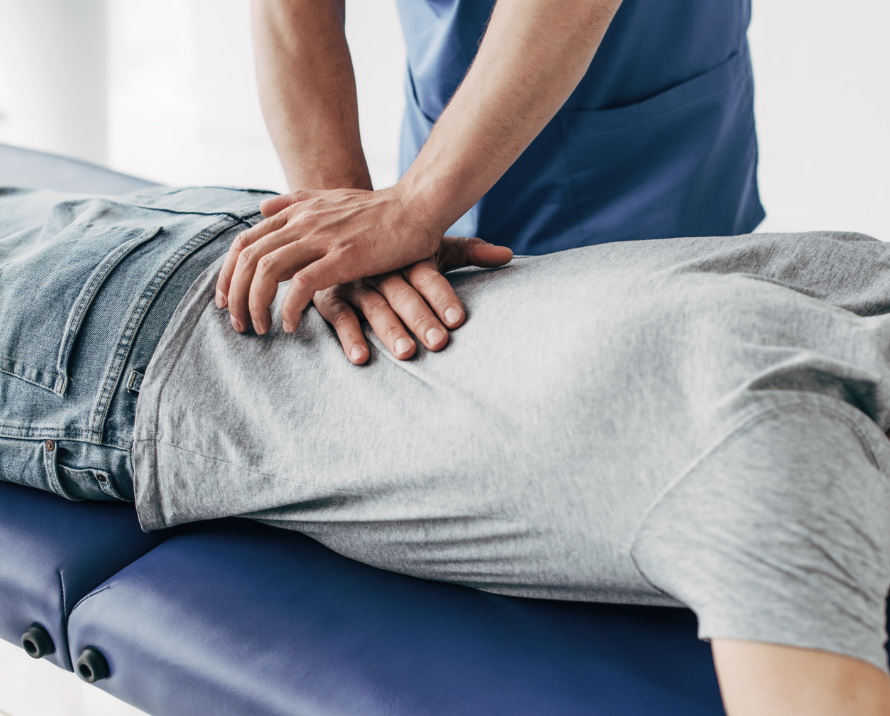Trigger Point Therapy: What is it?
In the realm of muscle discomfort, trigger points are small knots that can cause significant pain and restricted movement. Chiropractors can play a crucial role in treating trigger points and providing relief for those struggling with muscle tension and pain.
Trigger points are localized areas of muscle spasm or tension that can lead to pain and dysfunction. They can develop due to factors like overuse, poor posture, or muscle imbalances. When left untreated, trigger points may contribute to chronic pain and reduced flexibility. Chiropractors utilize a holistic approach to healthcare that aims to address any imbalances that may contribute to trigger points.
One of the ways chiropractors treat trigger points is with spinal and extremity adjustments. Chiropractic adjustments aim to relieve pressure and restore range of motion loss. This can have a positive impact on trigger points, especially those related to the spine and extremities.
Chiropractors can utilize soft tissue techniques in their treatment plans. These techniques involve applying targeted pressure to the affected muscles, releasing tension, and promoting blood flow to the area. This can help break down trigger points and alleviate associated pain.
Poor posture is a common contributor to trigger points. Chiropractors educate patients on proper ergonomics and posture to prevent the recurrence of trigger points. Simple lifestyle adjustments recommended by chiropractors can have a lasting impact on muscle health.
Chiropractors often prescribe specific exercises and stretches to address muscle imbalances and prevent the formation of trigger points. These tailored exercise plans aim to improve strength, flexibility, and overall musculoskeletal function.
Chiropractic care provides a unique and comprehensive approach to treating trigger points in muscles. By utilizing chiropractic adjustments, soft tissue techniques, and incorporating lifestyle changes, chiropractors contribute to the overall well-being of their patients. If you are seeking a holistic solution to trigger points and persistent muscle pain, consulting with a chiropractor could be a step toward unlocking relief and improving your quality of life.













